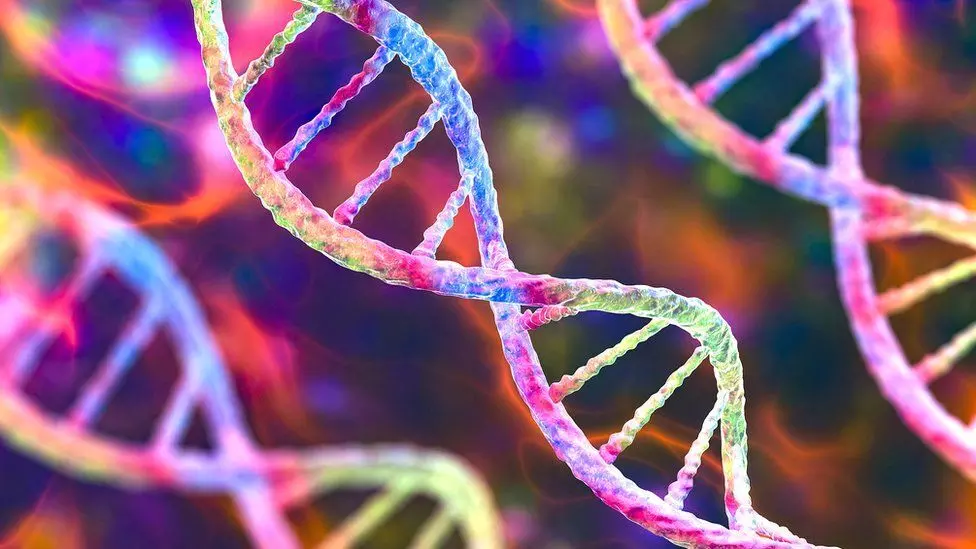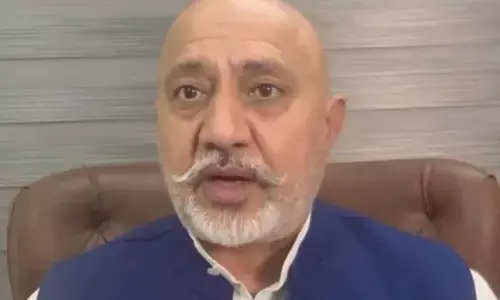Scientist say, for the very 1st time they have completed Gap Free Human Genome Sequence
 We find that, most of the newly added DNA coding sit in the dense middle sections of each chromosome.
We find that, most of the newly added DNA coding sit in the dense middle sections of each chromosome.For many years, there has been always a quest to decipher and complete a gapless DNA sequence, which has taken decades. This resource would help in a long way in explaining about how to create each human cell in the body, which would help shed light as to how to treat, prevent and cure disease.
For many years, there has been always a quest to decipher and complete a gapless DNA sequence, which has taken decades. This resource would help in a long way in explaining about how to create each human cell in the body, which would help shed light as to how to treat, prevent and cure disease.
The 1st one was deciphered 20 years ago, included most of the regions that code for proteins but left out about 200 million bases- the rungs which make up the ladder of the famous double helix DNA structure.
Presently, mere 10 million bases of letters of human DNA out of roughly 3 billion, are unknown.
We find that, most of the newly added DNA coding sit in the dense middle sections of each chromosome- the neat bundles of tightly coiled DNA are found in the nucleus of almost each cell in our body and also in the protective caps or ends, called telomeres.
There was a time in the early 90's, when the 1st attempt was made cracking the human genome started, the science of reading DNA was still somewhat limited. The repeat might too easily be skipped or their basses linked together incorrectly.
Since then, we find, with the advancement of technology, it has made it possible to accurately read all the DNA, including the long parts containing reams of repeating code.
Dr Adam Phillippy from National Human Genome Research Institute in the US, one of the numerous scientists behind the work stated that, "the biggest change within the last decade has been the emergence of the so-called long read sequencing technology" it means that the scientist can study longer portions of the code in one go
Dr Phillipy explained, "Our Puzzle pieces have just got way bigger and this enabled us to put these regions of genome back together again. This could be gamechanger for understanding the human traits as well as evolution.
What is the backbone for Research?
Dr Phillpy stated, because these regions are so dynamic as well as changing very rapidly there is some hope that any of the clues to what makes humans uniquely humans with regards to cognition and increased brain size, etcetera, might have few connections to these regions that we have uncovered.
Prof Colin Johnson, an expert in Medical and Molecular Genetics at the University of Leeds, called the work, truly ground breaking.
He told me; they have uncovered the missing 8%-the dark matter of the genome, which we knew was there but could not get to.
It offers the full description of the book of life, with all of the paragraphs and the pages assembled.
The deciphered sample, from an anonymous donor, contained an X chromosome but no male Y.
To get round that, the researchers have studied few DNA from 51-year-old Harvard University biologist, Leonid Peshkin, who stated that, he was excited to be part of the project.
Now as the sequencing is done, the researchers desire to decode full sets of DNA from other individuals, to capture all of the variation which exists in the people.
Dr Phillipy stated, because we spent all of the hard work at the outset, getting this one complete and correct. We can presently start to layer on these additional genomes on top of it and do a so-called pan-genome representation, which would have this as a basis but then we would have all of the variation kind of branching of off of it.

















